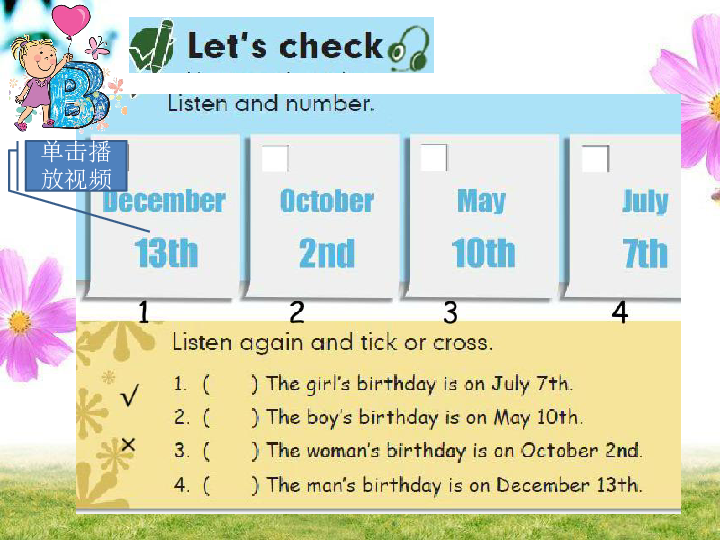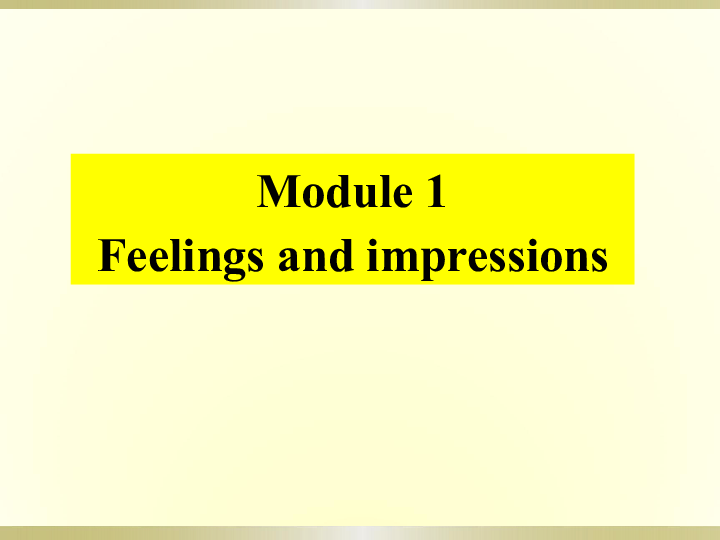When Did Student Loans Start? Exploring the Origins and Evolution of Educational Financing
Guide or Summary:When Did Student Loans Start?When Did Student Loans Start?Student loans have become a significant aspect of higher education financing, but……
Guide or Summary:
When Did Student Loans Start?
Student loans have become a significant aspect of higher education financing, but many people may wonder: When Did Student Loans Start? The history of student loans dates back to the early 20th century, with various forms of educational financing evolving over the decades. Understanding this history provides valuable insights into the current landscape of student debt and the systems in place to support students in their pursuit of higher education.
The concept of student loans began to take shape in the United States in the 1950s, a time when higher education was becoming increasingly important for economic advancement. The first federal student loan program, the National Defense Education Act of 1958, was introduced in response to the launch of Sputnik by the Soviet Union. This act aimed to improve the educational system in the U.S. and included provisions for low-interest loans to students pursuing degrees in science, mathematics, and foreign languages. This marked a significant step forward in making higher education accessible to a broader audience.

As the demand for higher education grew, so did the need for financial support. In 1965, the Higher Education Act was passed, which established the Federal Family Education Loan (FFEL) program. This program allowed private lenders to issue loans to students, backed by federal guarantees. This move significantly expanded the availability of student loans and made it easier for students from various socioeconomic backgrounds to access higher education.
By the 1970s and 1980s, student loans had become a common means of financing education. The government introduced additional programs, such as the Direct Loan Program, which allowed students to borrow directly from the federal government. This shift simplified the loan process and provided more favorable terms for borrowers. However, as tuition costs continued to rise, the burden of student debt began to grow, leading to concerns about the long-term implications of borrowing for education.

In the 1990s and 2000s, the landscape of student loans continued to evolve. The introduction of income-driven repayment plans and loan forgiveness programs aimed to ease the financial burden on graduates. However, the rising cost of tuition and the increasing amount of student debt became a pressing issue, leading to calls for reform in the student loan system.
Today, the question of When Did Student Loans Start? is more relevant than ever as millions of students navigate the complexities of financing their education. The conversation around student loans has expanded to include discussions about the sustainability of the current system, the impact of student debt on the economy, and potential reforms to make higher education more affordable.

In conclusion, When Did Student Loans Start? serves as a reminder of the ongoing evolution of educational financing. From their origins in the mid-20th century to the modern challenges faced by borrowers, student loans have played a crucial role in shaping access to higher education. As we look to the future, it is essential to continue examining the implications of student debt and exploring innovative solutions to ensure that education remains accessible and affordable for all.